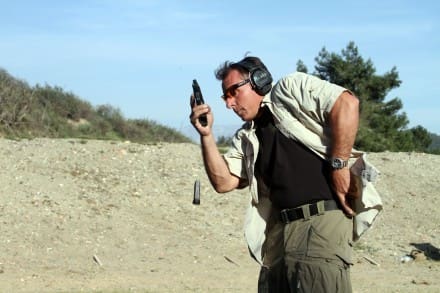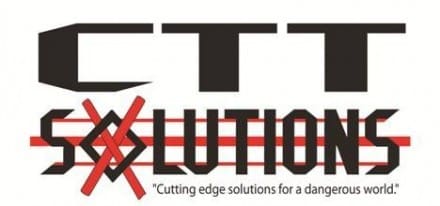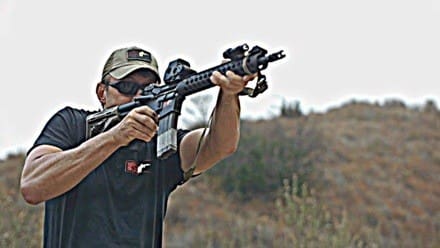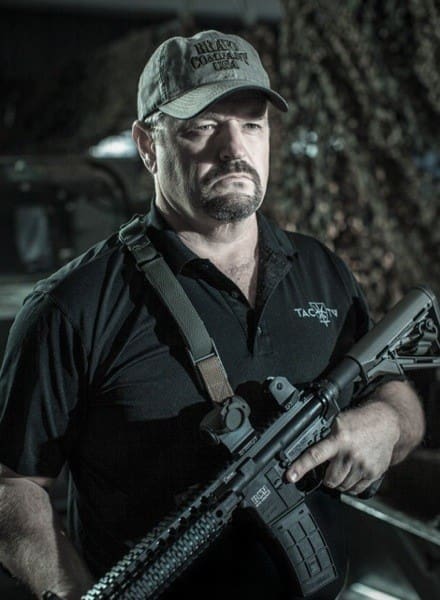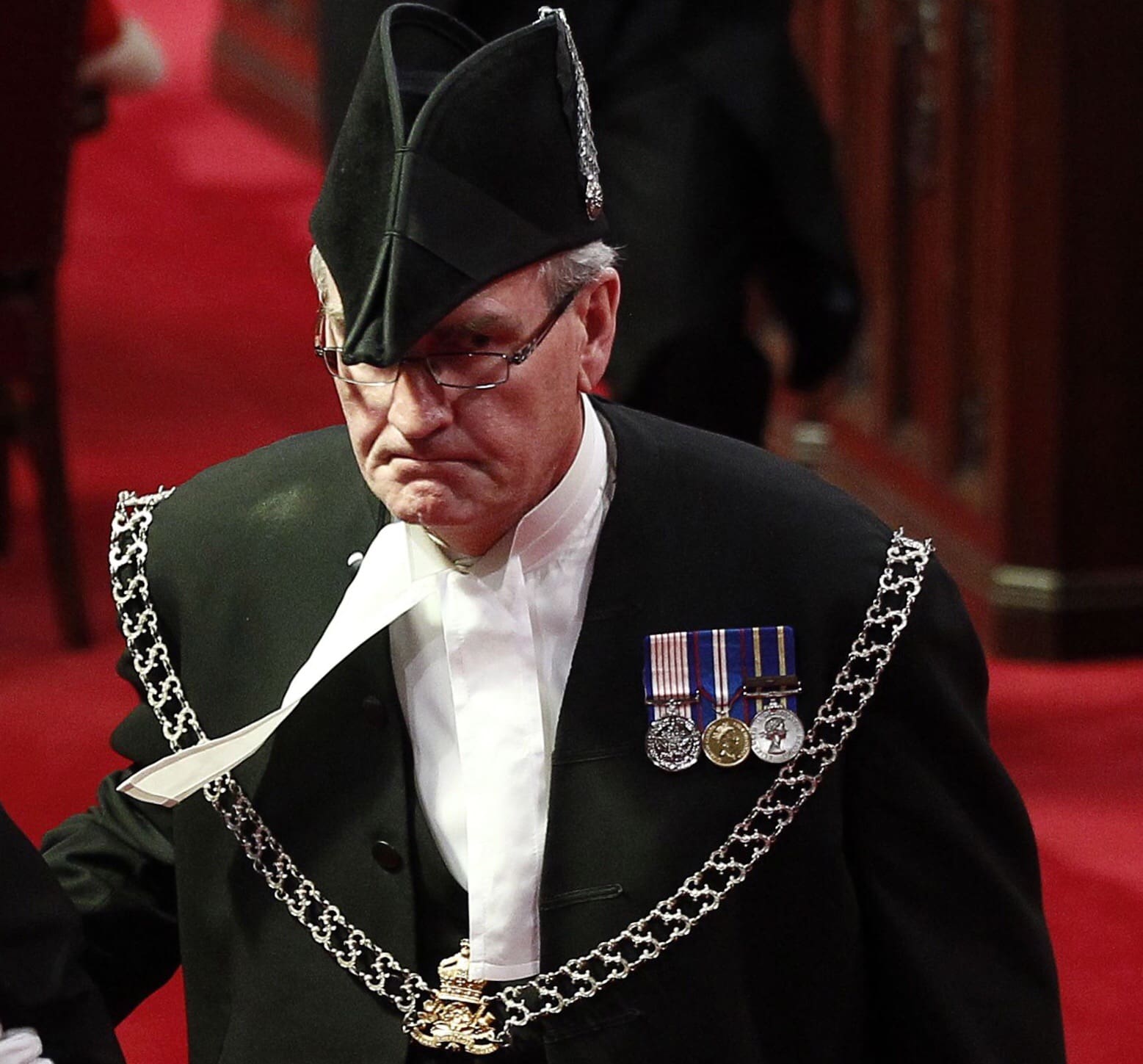“It should surprise you when it goes off.”
That’s always seems like bad advice to me. I’ve been surprised when the hammer falls, and it’s usually called a ‘Miss.’
When we train, we should train to the point of knowing exactly when the hammer is going to fall. No surprises. In order to reach this point, proper repetition is paramount. To achieve proper repetition dry fire is necessary. Not the kind of dry fire where you are simply going through the motions, but deep practice and meaningful repetition.
We should work to the point of automaticity.
Automaticity is the ability to do things without occupying the mind with the low-level details required, allowing it to become an automatic response pattern or habit. It is usually the result of learning, repetition, and practice.
Of the fundamentals, one that is sometimes neglected in teaching is presentation. Especially important in pistol fundamentals, the presentation is how you present the pistol from a ready position to your firing position. As part of your draw stroke, the presentation should lie as flat as possible for as long as possible mitigating arching or scooping. In a perfect world, the hammer should fall right at the apex of your presentation.
Only through deep practice dry fire to the appropriate amount of repetition, can one achieve automaticity. When you’ve reached this point, with flat presentation and trigger preparation the dreaded ‘surprised shot’ will surprise you in that it will be an ‘A’ zone hit.
Patrick McNamara
SGM, US Army (Ret)
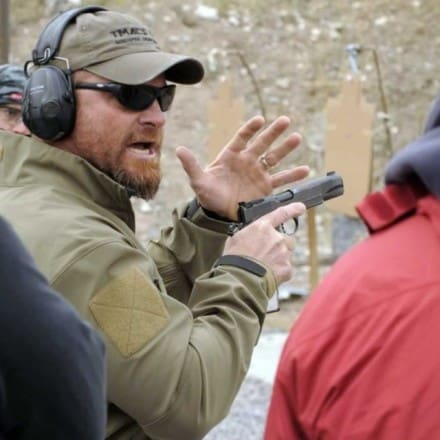
Patrick McNamara spent twenty-two years in the United States Army in a myriad of special operations units. When he worked in the premier Special Missions Unit, he became an impeccable marksman, shooting with accurate, lethal results and tactical effectiveness. McNamara has trained tactical applications of shooting to people of all levels of marksmanship, from varsity level soldiers, and police officers who work the streets to civilians with little to no time behind the trigger.
His military experience quickly taught him that there is more to tactical marksmanship than merely squeezing the trigger. Utilizing his years of experience, McNamara developed a training methodology that is safe, effective and combat relevant and encourages a continuous thought process. This methodology teaches how to maintain safety at all times and choose targets that force accountability, as well as provides courses covering several categories, including individual, collective, on line and standards.
While serving as his Unit’s Marksmanship NCO, he developed his own marksmanship club with NRA, CMP, and USPSA affiliations. Mac ran monthly IPSC matches and ran semi annual military marksmanship championships to encourage marksmanship fundamentals and competitiveness throughout the Army.He retired from the Army’s premier hostage rescue unit as a Sergeant Major and is the author of T.A.P.S. (Tactical Application of Practical Shooting). He also served as the Principle of TMACS Inc.
Gunfighter Moment is a weekly feature brought to you by Alias Training & Security Services. Each week Alias brings us a different Trainer and in turn they offer some words of wisdom.


